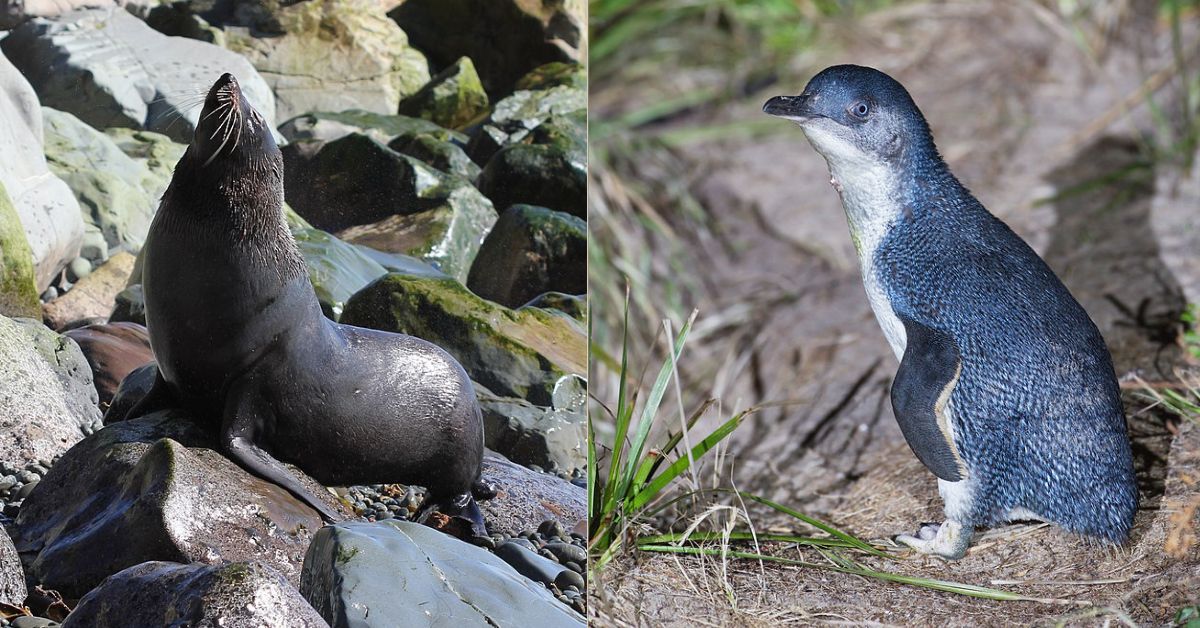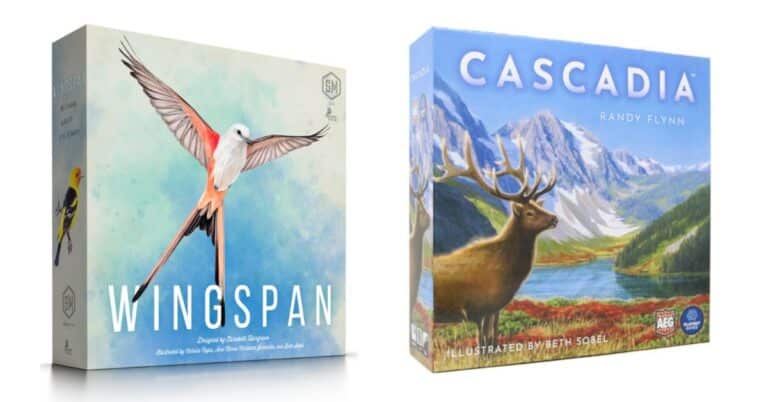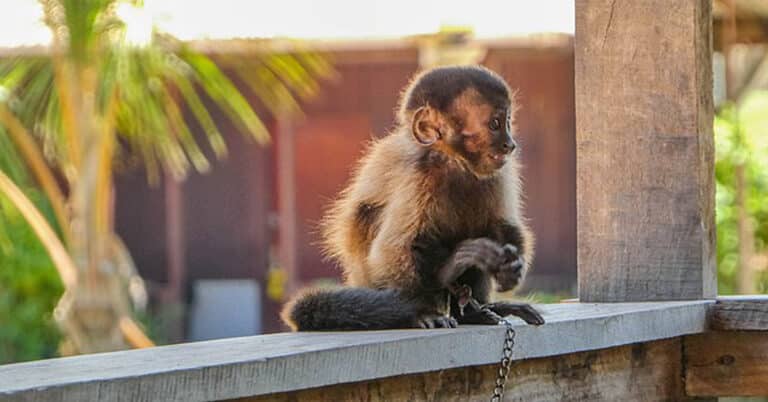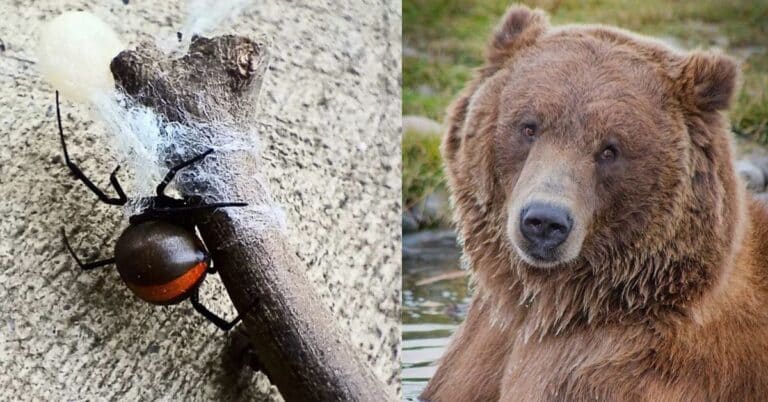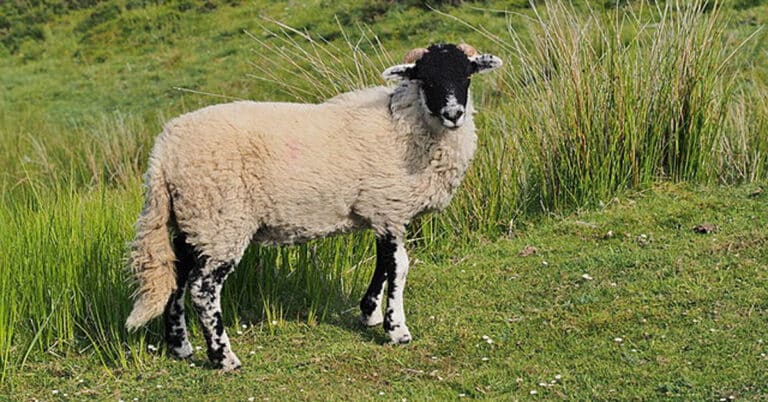Discovering the Unique and Popular Animals of New Zealand
Have you ever wondered what marvels await within New Zealand’s unique biodiversity and isolated biosphere, which is embraced by the Pacific? Then you will be thrilled to learn that New Zealand is a nation where breathtaking splendor unfolds and where life’s pattern is woven with animals that are unique to our planet.
So, let’s set out to explore the wonders of New Zealand’s extraordinary fauna, from curious flightless birds to enigmatic reptiles.
New Zealand Fur Seal
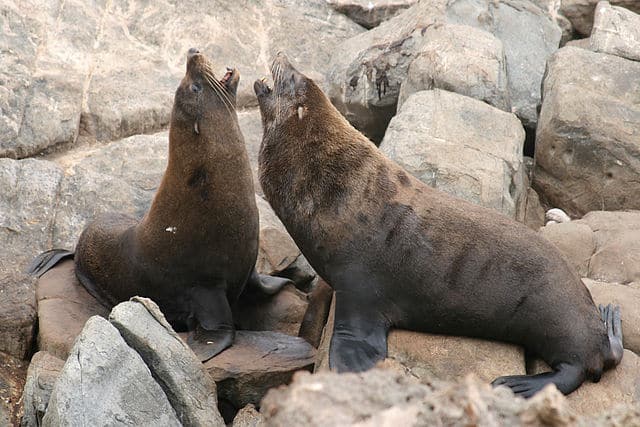
The New Zealand Fur Seal is a captivating marine mammal native to the shores of New Zealand. With a distinctive appearance, these seals have dark brown to grayish fur and a robust, streamlined body adapted for ocean life. Males are significantly larger than females, often weighing around 200-250 kg, while females average about 30-50 kg.
Their agility in water is remarkable, aided by strong flippers and a keen ability to dive deep in search of prey, mainly consisting of fish, squid, and crustaceans. Breeding colonies dot the coastline, where these seals gather to give birth, nurse their pups, and engage in social interactions.
Thankfully, after facing threats from hunting in the past, conservation efforts have played a vital role in the recovery of New Zealand Fur Seal populations. Today, they stand as a cherished part of New Zealand’s coastal biodiversity.
Kiwi Bird
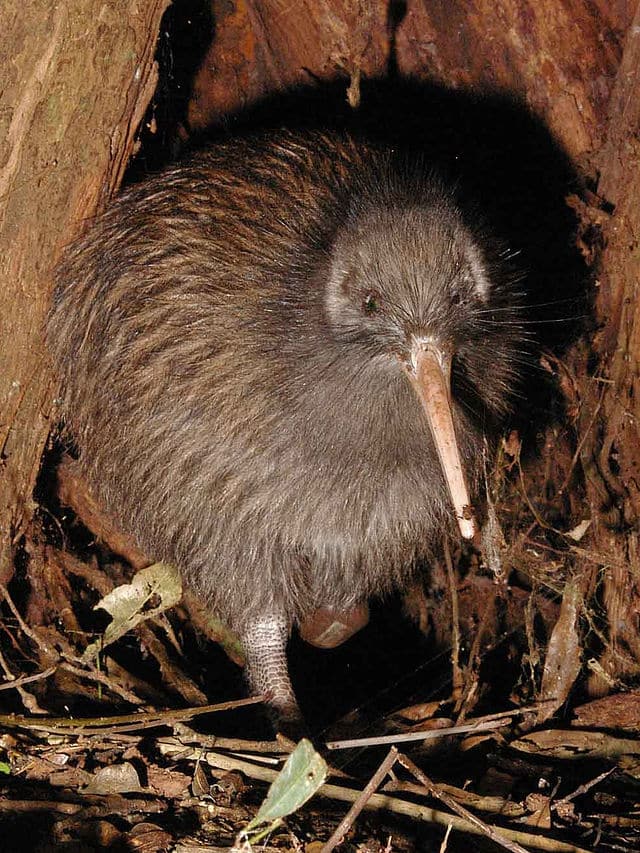
The Kiwi bird, native to New Zealand, is renowned for its distinctive appearance, featuring a long, curved bill and soft, brownish-green feathers that resemble fur more than feathers. Kiwis are primarily nocturnal, using their keen sense of smell and excellent hearing to locate insects and grubs in the forest floor’s leaf litter.
Generations of New Zealanders have identified the Kiwi as their unofficial national emblem for centuries. This bird is an expression of the worth of New Zealand’s natural heritage and the distinction of its species. In light of this, the Kiwi is a popular symbol of many New Zealand brands, including entertainment portals. This flightless bird can even be found on a wide range of New Zealand’s gambling sites, symbolizing slot machines and other widespread casino games.
Despite being the size of a chicken, the Kiwi lays remarkably large eggs compared to its body, constituting one of the largest egg-to-body size ratios in the avian world. Unfortunately, the Kiwi population faces challenges due to habitat loss, introduced predators, and other human-related factors, resulting in several species being endangered.
Maui Dolphin
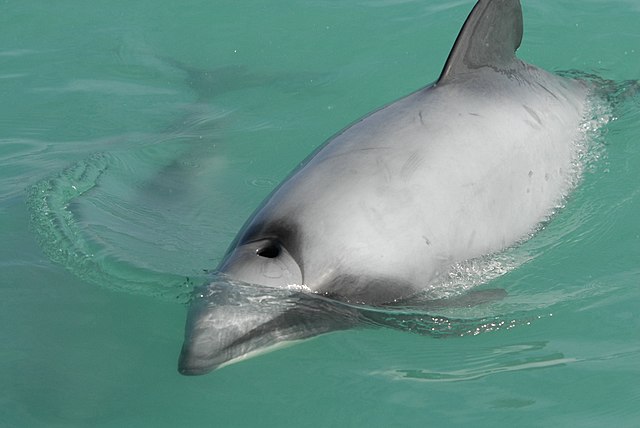
The Maui dolphin is a critically endangered marine mammal endemic to the waters off the west coast of New Zealand’s North Island. Known for their diminutive size and unique black facial markings, these dolphins are among the rarest cetaceans globally, with only an estimated 50 individuals remaining.
Their limited habitat in shallow coastal areas makes them highly vulnerable to human activities like fishing and vessel traffic. Conservation measures, including fishing restrictions, marine protected zones, and public awareness campaigns, have been implemented to safeguard this species. The Maui dolphin’s situation underscores the delicate nature of marine ecosystems and the pressing need for collective conservation actions to avert the loss of this extraordinary species.
Tuatara
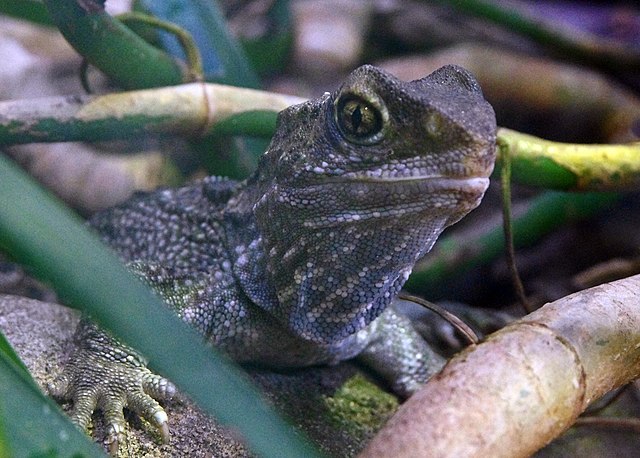
The Tuatara, a unique reptile native to New Zealand, is often referred to as a “living fossil” due to its ancient lineage that dates back to the time of dinosaurs. With a spiky crest along its back and a beak-like mouth, it possesses traits not seen in other reptiles. It’s a slow-growing creature, taking years to reach sexual maturity and potentially living over a century.
Unlike most reptiles, the Tuatara has a well-developed “third eye” on its forehead, which holds photoreceptive cells. Although this “eye” doesn’t form images like regular eyes, it might play a role in regulating circadian rhythms. Facing threats from habitat loss and introduced species, Tuatara populations are carefully monitored and protected to ensure the survival of this remarkable species.
Little Blue Penguins
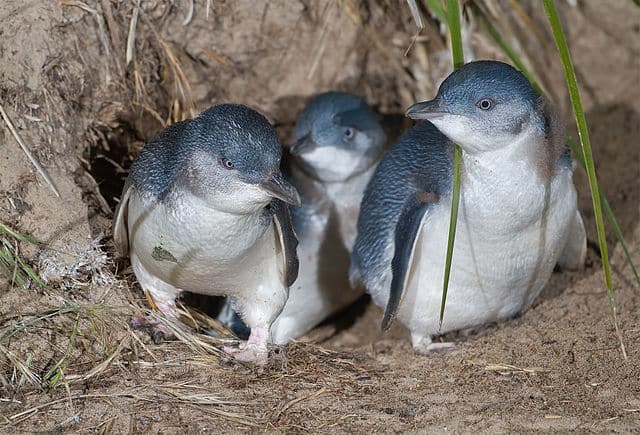
Little Blue Penguins are the smallest penguin species, charming enthusiasts with their small size and captivating behaviors. Native to Australia and New Zealand, they stand around 13 inches tall and weigh about 2.2 pounds. With slate-blue plumage, they blend well in their ocean habitats.
Little Blue Penguins are great swimmers and use their flippers to move underwater. They come to shore at night to avoid predators. They live in tight groups and do things together, like cleaning and nesting.
Despite their enchanting qualities, these penguins confront various threats, including habitat disturbances and human actions.
Bottom Line
All in all, New Zealand is more than just a picturesque travel destination. Its unique location, isolated from the rest of the world, has given birth to a remarkable array of wildlife that can’t be found anywhere else. That’s why we believe exploring this unique ecosystem is essential to grasping its full magnificence. When we treasure and protect these distinct species, we’re not only preserving their stories but also ensuring that future generations can revel in this natural masterpiece.

Having discovered a fondness for insects while pursuing her degree in Biology, Randi Jones was quite bugged to know that people usually dismissed these little creatures as “creepy-crawlies”.

